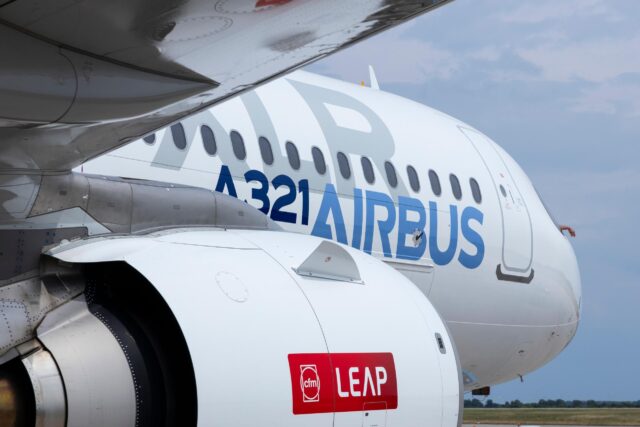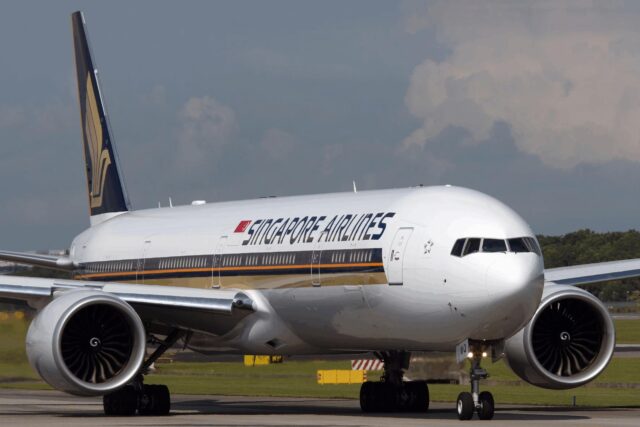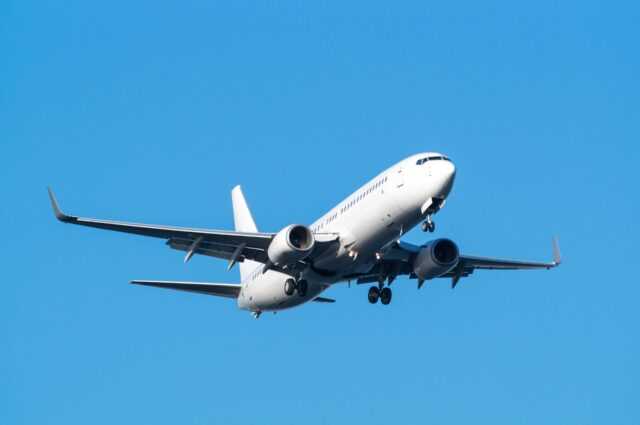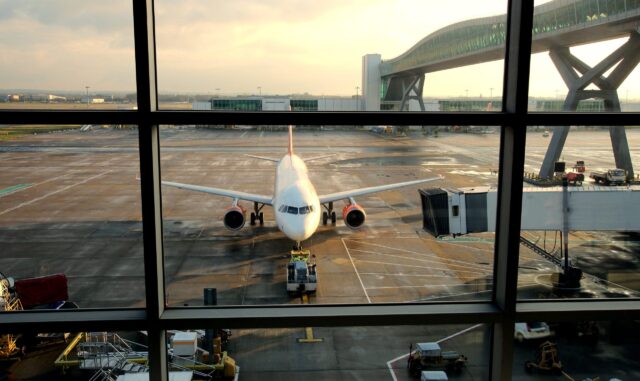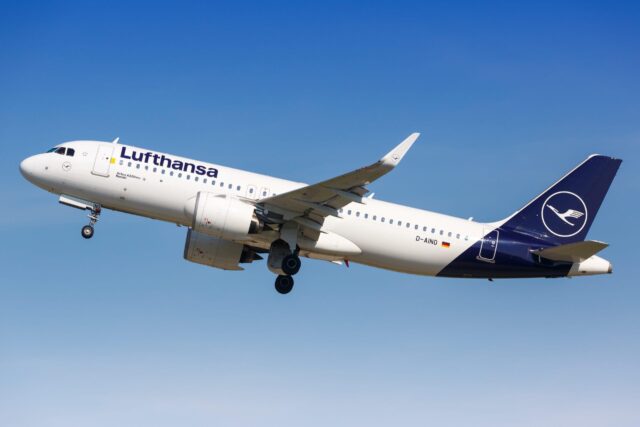New photos hint at strike role for Ukrainian F-16s
February 14, 2025

Although about 85 F-16s have now been pledged to Ukraine, much smaller numbers are actually in service, with trained pilots and spares apparently being the limiting factor. Small numbers have been supplied by Denmark and the Netherlands, of 24 promised by the Netherlands, 19 by Denmark, and 12 by Norway (with another ten to be used for spares), and 30 by Belgium, though these have been delayed as Belgium waits for its F-35As to arrive.
The earliest photos of F-16s in Ukraine showed aircraft in air defence configuration, armed with two underwing AIM-9L/M Sidewinders and two wingtip AIM-120B AMRAAMs, though some illustrated a four Sidewinder loadout. Two 370-gallon underwing tanks have usually been carried. The F-16’s initial primary task was intercepting Russian kamikaze drones, UCAVs and cruise missiles.
More recently, Ukraine seems to have been seen in an air defence configuration with three external tanks (one on the centreline) and with two wingtip AIM-120C-series AMRAAM BVR missiles and two short range AIM-9X Sidewinders outboard.
These weapons have generated some excitement, since both represent close to the ‘cutting edge’ of US air-to-air missile technology. The AIM-9X, in conjunction with the Joint Helmet Mounted Cueing System (JHMCS), provides excellent off-boresight capabilities, with a longer reach than was offered by the older AIM-9L/M. Ukrainian pilots have been seen wearing JHMCS.
The AIM-120C has an improved guidance system and enhanced resistance to countermeasures, as well as offering increased range.
But the difference in range of the AIM-120B and the AIM-120C is relatively inconsequential, as both variants have a longer range than the range at which the F-16MLU’s M-scan AN/APG-66(v)2A radar can get a weapons quality track, even against a ‘Flanker’, which has an “RCS is like a barn door.”
This is especially the case in Ukraine where the Russian ‘Flankers’ in use (Su-35, Su-30SM-2, and Su-27SM-3) have Irbis-E (Su-35 and Su-30SM-2) or older NO11 ‘Bars’ PESA radars, which can get their own weapons quality tracks from VERY long range. The Khibiny-U system (used on the Su-34 and the SU-30SM) is likely to tilt the balance further in Russia’s favour.
Ukraine does have the AN/ALQ-131 ECM pod, which could be used against Irbis-E and Bars, but this has been seen on aircraft configured for air to ground missions, and not on air defence configured Ukrainian F-16s.
Respected analyst of Russian defence and aerospace, Reuben Johnson, writing for the defense research group 19FortyFive reported that Ukraine’s F-16s had “significant limitations (that) may hinder their effectiveness. The aircraft, sourced from Denmark and the Netherlands, are older models equipped with outdated AN/APG-66 radars and stripped of Link 16 communication systems – severely limiting their air-to-air capabilities.”
A Ukrainian engineer was quoted as saying that: “This is a radar that is less capable even than the versions of the MiG-29’s N019 radar that have been upgraded by our industry. So, it is hard to do much with these aircraft considering what the Russians are putting up against us.”
Link 16 is a state-of-the-art, US/NATO-standard digital datalink that allows aircraft equipped with it to automatically share tactical information, including their sensor picture. Shared data is then displayed on the receiver aircraft’s own cockpit displays. Link 16 provides a decisive tactical advantage by vastly improving situational awareness.
Johnson reported that the US had insisted that those F-16MLU aircraft transferred to Ukraine should be stripped of their Link 16 systems and software to ensure that the advanced datalink should not fall into Russian hands. Without Link 16, Ukrainian Air Force pilots send and receive tactical information over voice radio. Contrary to some reports, the absence of Link 16 does not prevent use of the AIM-120, since the APG-66(V)2 has a dedicated datalink for use with AMRAAM.
A brief video clip emerged on TikTok on Sunday 9 February. Grainy screenngrabs appear to show a Ukrainian F-16 carrying a multi-role loadout including the usual AIM-120Cs and AIM-9Xs, two 370-gallon external fuel tanks, an AN/ALQ-131 electronic counter-measures (ECM) pod (on the centreline) and two BRU-61/A bomb racks, each probably carrying four GBU-39 Small Diameter Bomb (SDB) GPS-guided glide bombs.
The SDB is accurate and effective and has some stand-off range (depending on the altitude of the launch platform), while it can be used against semi-hardened static targets. Its relatively small size and low weight allows the weapon to be carried in some numbers. The weapon has already been used by Ukrainian MiG-29s and Su-27s. With the advent of the GBU-53 Stormbreaker (SDB II) large numbers of SDBs are available for transfer from the existing US/NATO stockpile.
Unsubstantiated reports from Russian sources suggest that the number of F-16 sorties along the line of contact in Ukraine’s Zaporizhzhia and Chernihiv regions have “increased sharply” during 2025. One Kremlin-linked blogger claimed that Ukraine’s F-16s have been based at airfields in Romania and Poland, flying to Ukrainian bases to be refuelled and rearmed before flying their combat missions. This cannot be confirmed, and would seem unlikely.
The F-16 offers few new capabilities for Ukraine, with the improved performance of new air to air missiles being largely negated by inadequacies in the aircraft’s M-scan radar. In the air-to-ground role, the F-16 may enjoy better survivability than Ukraine’s Soviet-era MiGs and Sukhois, but uses much the same set of weapons. The greatest significance of the F-16 is that it is available in numbers, has reliable US and European supply chains, and promises to be more available than Ukraine’s dwindling MiG-29 and Su-27 fleets.
